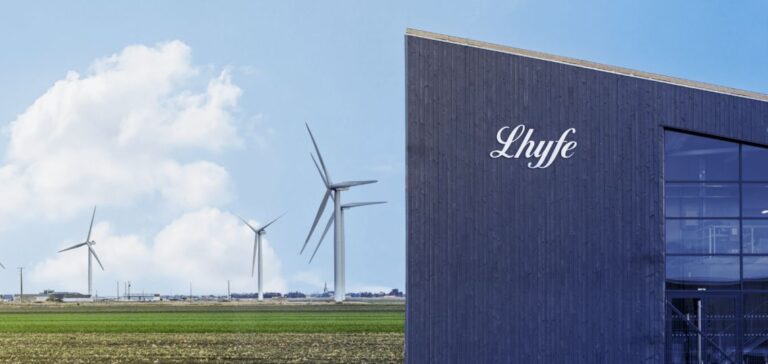Lhyfe, a European specialist in renewable hydrogen, has secured €11 million (SEK 130 million) in funding from the Klimatklivet program, supported by the Swedish Environmental Protection Agency and co-financed by the European Union. This grant aims to support the construction of a hydrogen production plant in Vaggeryd, Jönköping County, in southern Sweden.
A strategic location for renewable hydrogen
Located between Stockholm, Gothenburg, and Malmö, Vaggeryd benefits from proximity to major transport routes such as the E4 motorway and national road 40. This location will help meet the growing demand for hydrogen for heavy and industrial vehicles, particularly for refueling stations currently under development in the region.
With a capacity of 10 MW, the plant will produce up to 4.4 tons of hydrogen per day. This production will serve the mobility and industrial sectors, particularly for heating and industrial processes. The first volumes of renewable hydrogen are expected to be available by 2027, subject to the necessary regulatory and investment approvals.
Development supported by Klimatklivet
The investment provided by Klimatklivet will cover approximately 35% of the total project costs, including design, equipment procurement, and construction. This funding aligns with Sweden’s broader efforts to support renewable hydrogen, aiming to reduce reliance on fossil fuels and secure local energy supply.
In June 2024, Lhyfe had already obtained a similar grant for an equally sized project in Trelleborg, strengthening its presence in Sweden. These two sites combined will help establish a hydrogen production and distribution network in the country, meeting the needs of businesses and transport infrastructure.
Expansion in Europe
Lhyfe continues to expand its footprint in the European renewable hydrogen market. The company already operates several sites in France and Germany and is developing projects in 12 countries, with a project pipeline estimated at 10 GW of capacity. Its first plant, located in Bouin, France, has been operational since 2021.
Lhyfe’s ambition is to accelerate the adoption of renewable hydrogen at an industrial scale by leveraging decentralized production and infrastructure tailored to local needs. The completion of its Swedish projects remains conditional on obtaining the necessary permits and approvals, as well as the final investment decision.






















